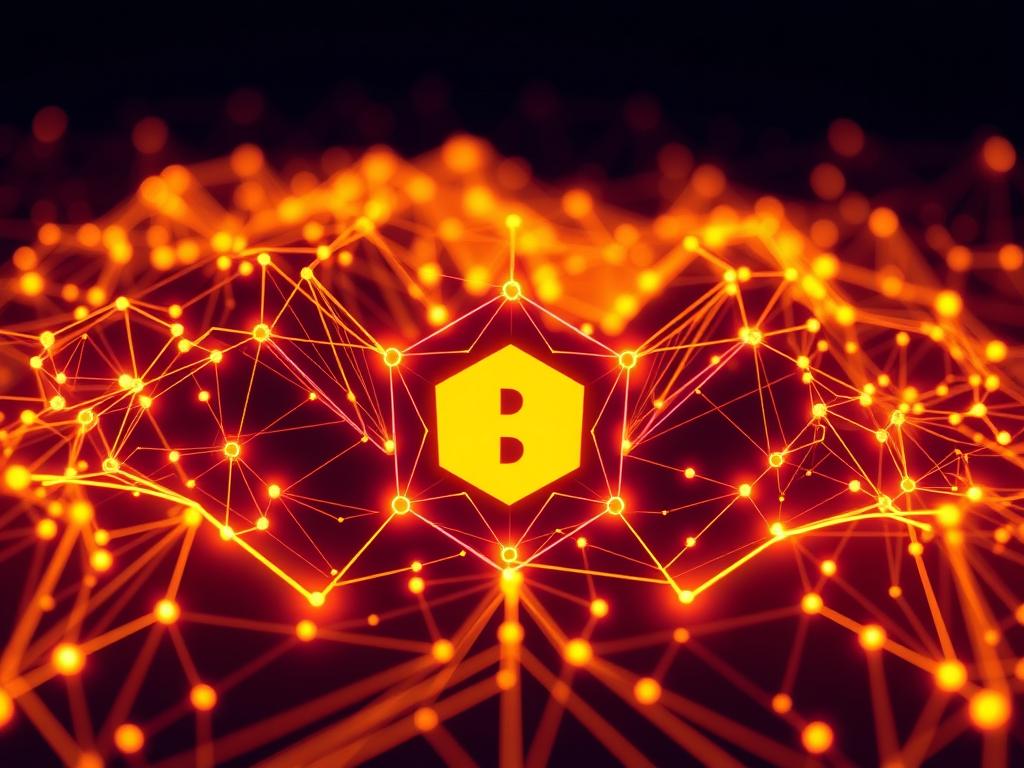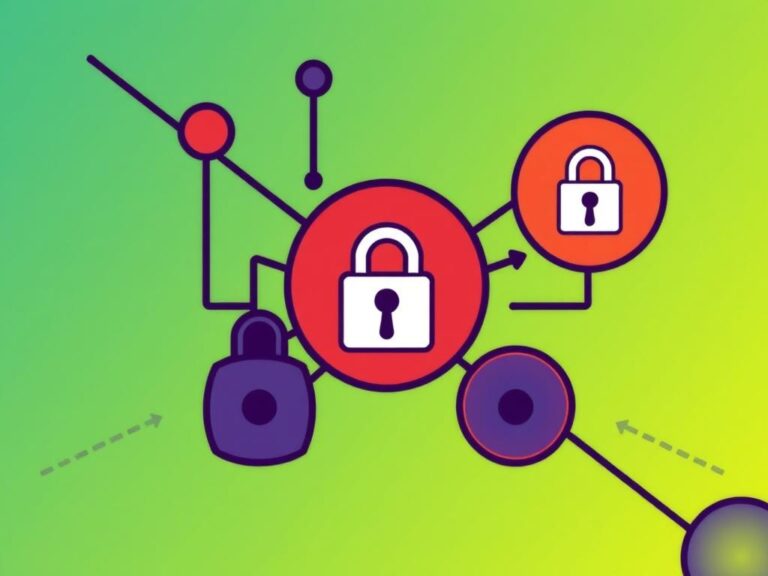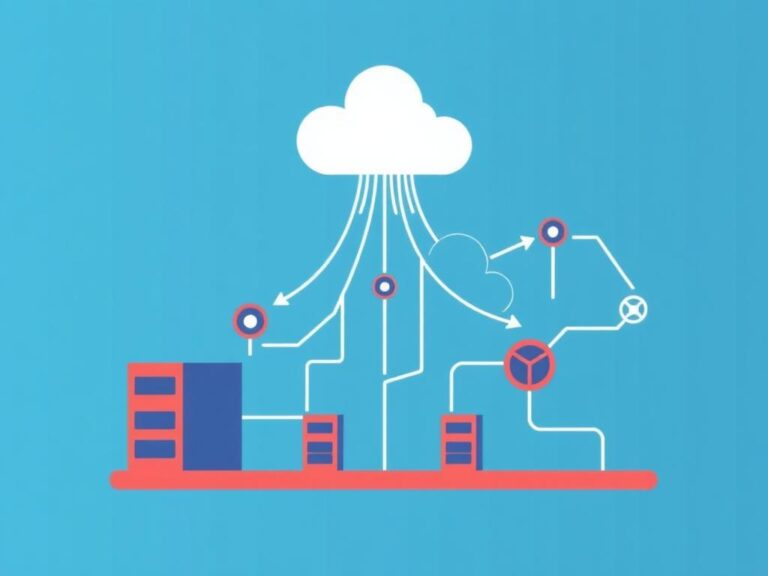Blockchain as a P2P Technology: Revolutionizing Peer-to-Peer Networks
When we talk about blockchain, most people instantly think of cryptocurrencies like Bitcoin or Ethereum. However, blockchain is much more than just digital money. At its core, blockchain is a decentralized, peer-to-peer (P2P) technology that redefines how data and transactions are shared and verified across a network. In this article, we’ll dive deep into understanding blockchain as a P2P technology, exploring how it works, why it’s transforming various industries, and what makes it fundamentally different from traditional centralized systems.
What is P2P Technology?
Peer-to-peer technology is a type of network architecture where each participant (node) can interact directly with others without needing a centralized server or intermediary. This contrasts sharply with traditional client-server models where a central hub controls and manages communications. P2P networks have been around since the early days of the internet, famously underpinning platforms like Napster and BitTorrent, which allowed users to share files directly with each other.
One of the main benefits of P2P networks is enhanced resilience and decentralization. Because there is no central authority, the network does not have a single point of failure. This makes P2P systems robust against attacks or outages. Additionally, P2P promotes resource sharing and often lowers costs by utilizing the computing power and bandwidth of each peer in the network.
How Blockchain Enhances P2P Networks

Blockchain takes P2P technology to a whole new level by adding a secure, transparent, and tamper-resistant ledger. Instead of just sharing files or data, blockchain networks allow participants to share a common record of transactions or information that everyone can independently verify. This is possible because every peer maintains a copy of the entire blockchain and validates every transaction through consensus mechanisms.
Unlike traditional P2P systems where trust is often based on reputation or indirect verification, blockchain embeds trust cryptographically. Every block of data is linked to the previous one through complex mathematical processes, making it extremely difficult to alter any past records without altering all subsequent blocks — something nearly impossible in a large decentralized network.
Key Features of Blockchain as a P2P Technology
To better appreciate how blockchain serves as P2P technology, let’s consider some of its key features:
- Decentralization: There is no central authority controlling the blockchain. Each node has equal authority and participates in validating transactions, resulting in a democratic system.
- Transparency: Every transaction on the blockchain is publicly recorded and verifiable by any peer on the network.
- Immutability: Once data is confirmed on the blockchain, it cannot be changed or deleted, ensuring data integrity.
- Consensus Mechanisms: Peers use protocols such as Proof of Work or Proof of Stake to agree on the validity of transactions, maintaining trust without intermediaries.
- Security: Through cryptographic hashing and decentralization, blockchains are highly resistant to tampering and fraud.
Popular Blockchain Consensus Methods in P2P Networks
Consensus algorithms are the backbone of blockchain as a P2P technology. They enable peers to agree on the state of the blockchain even in the presence of malicious actors. Below is a simplified comparison of some widely used consensus methods:
| Consensus Method | How It Works | Benefits | Drawbacks |
|---|---|---|---|
| Proof of Work (PoW) | Peers compete to solve complex mathematical puzzles. The first to solve adds a new block. | Highly secure, well-tested in Bitcoin network. | Energy-intensive, slower transaction speed. |
| Proof of Stake (PoS) | Validators are chosen based on the number of coins they “stake” as collateral. | Energy-efficient, faster transaction processing. | Potential centralization risks if stake is concentrated. |
| Delegated Proof of Stake (DPoS) | Users vote for delegates who validate transactions on their behalf. | Improved scalability and speed. | Can be less decentralized, relies on elected delegates. |
Applications of Blockchain as a P2P Technology
Beyond cryptocurrencies, blockchain’s P2P foundation unlocks innovation across numerous sectors. Here are some examples:
- Supply Chain Management: Blockchain allows every participant in the supply chain to track products transparently, ensuring authenticity and reducing fraud.
- Decentralized Finance (DeFi): Built on blockchain’s P2P structure, DeFi platforms bypass banks and intermediaries, enabling peer-to-peer lending, borrowing, and trading.
- Digital Identity: Individuals can control their personal data in a secure, decentralized manner without relying on centralized authorities.
- File Sharing and Storage: Projects like IPFS and Storj use blockchain alongside P2P networks to create decentralized file storage solutions.
- Voting Systems: Blockchain-based voting can ensure transparent counting and reduce the risk of fraud.
Comparing Traditional P2P Networks and Blockchain-Based P2P Networks

While both traditional P2P networks and blockchain networks enable peer-to-peer communication, they differ considerably in structure and function. The table below contrasts these two approaches:
| Feature | Traditional P2P Network | Blockchain-Based P2P Network |
|---|---|---|
| Trust Model | Often based on reputation or indirect verification | Cryptographic trust and decentralized consensus |
| Data Management | Data shared but can be altered or deleted by peers | Immutable ledger where transactions are permanently recorded |
| Central Authority | None, though some P2P apps may rely on super nodes | None, fully decentralized |
| Security | Vulnerable to data tampering and Sybil attacks | Highly resistant to tampering through cryptography and consensus |
| Application Scope | File sharing, communication, gaming | Financial services, supply chain, identity, and more |
Challenges Facing Blockchain as a P2P Technology
Despite its many advantages, blockchain as a P2P technology does face challenges. Scalability is a major concern; as more peers join the network, maintaining speed and efficiency becomes complex. High energy consumption, especially with Proof of Work blockchains, raises environmental questions. Regulatory uncertainty and issues related to privacy, since every transaction is transparent, also pose obstacles. However, continued innovation such as layer 2 solutions, more efficient consensus algorithms, and privacy-focused blockchains are progressively addressing these issues.
Future Outlook: Where is Blockchain P2P Technology Headed?
The future of blockchain as a P2P technology looks bright and full of potential. Integration with other emerging technologies like the Internet of Things (IoT), artificial intelligence (AI), and 5G networks promises to create even more powerful and distributed applications. As businesses and governments continue to explore decentralized models, the foundations laid by blockchain P2P networks will be instrumental in transforming the digital landscape.
Practical Tips for Getting Started with Blockchain P2P Networks

- Learn the basics of blockchain technology through online courses and tutorials.
- Experiment with popular blockchain platforms like Ethereum or Binance Smart Chain.
- Join blockchain communities and forums to stay updated and connect with peers.
- Consider developing small smart contracts or participating in decentralized applications (dApps).
- Keep an eye on emerging P2P blockchain-based projects and technologies.
Conclusion
Blockchain reimagines peer-to-peer technology by adding layers of security, transparency, and trust that were previously unattainable in traditional P2P networks. By empowering peers to maintain a decentralized ledger and validate transactions without intermediaries, blockchain fosters an innovative environment of collaboration and integrity across many industries. While challenges like scalability and energy consumption remain, ongoing research and development continue to strengthen blockchain’s role as an indispensable P2P technology. Whether it’s revolutionizing finance, supply chains, or digital identity, understanding blockchain from a P2P perspective opens the door to appreciating its true transformative power in today’s interconnected world.






